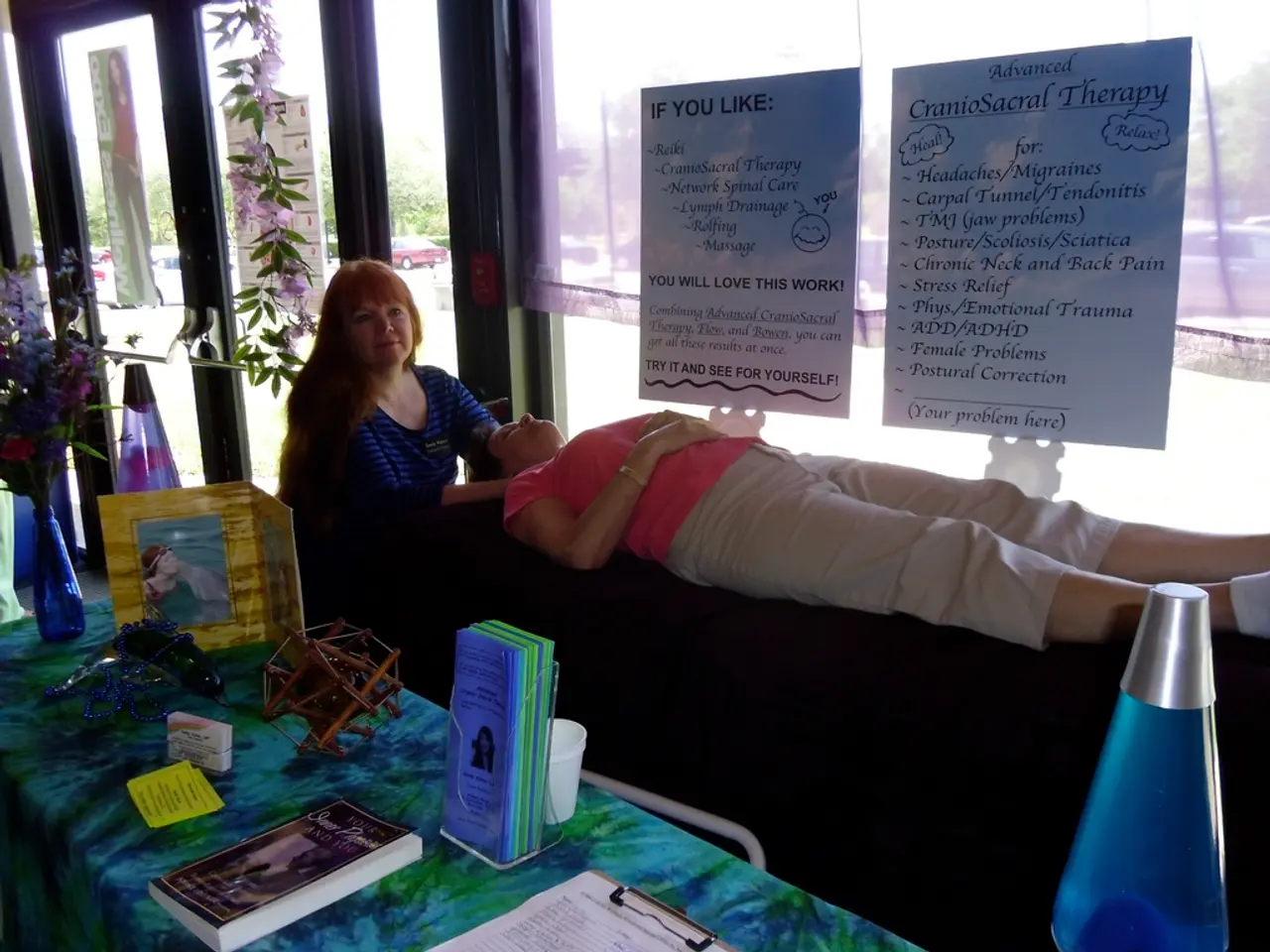White Finger Syndrome (VWF): Description, Signs, and Remedies
Vibration White Finger (VWF) is a long-term condition that affects the blood vessels in the body, most commonly the extremities such as fingers and thumbs. First observed in 1911 by Prof. Giovanni Loriga in mine workers in Italy who used hammer drills for long hours, VWF has since become a concern in various industries.
This condition, which can lead to considerable disability and poor quality of life in its most severe form, is primarily an occupational injury. It tends to affect people in industries such as construction, mining, forestry, automobile assembly and repair, metalworking trades, quarry drilling, and stone carving.
The good news is that prevention of VWF centers on minimizing vibration exposure. Key strategies include risk assessment and exposure control, health surveillance and early detection, personal protective measures, training and awareness, and workplace adjustments and medical support.
Risk Assessment and Exposure Control
Employers must assess vibration exposure levels and identify workers at risk, especially those exposed at or above the Exposure Action Value (EAV) of 2.5 m/s² A(8). Based on risk, employers should implement control measures such as substituting tools with lower vibration alternatives, modifying working methods, or reducing exposure duration to as low as reasonably practicable.
Health Surveillance and Early Detection
A health surveillance programme for workers exposed to vibration should be established. This includes pre-employment screening, regular questionnaires to detect early symptoms, and referral to occupational health specialists when necessary. Early recognition helps limit further damage.
Personal Protective Measures
Provide employees with protective clothing to keep hands warm and dry, as cold exposure exacerbates VWF attacks by impairing circulation. Encouraging good blood circulation helps protect against symptoms.
Training and Awareness
Inform workers about the risks of hand-arm vibration and proper tool handling techniques to minimize exposure. Ensure they understand the importance of taking breaks and reporting any symptoms promptly to employers.
Workplace Adjustments and Medical Support
For workers showing early symptoms, reasonable adjustments should be made to reduce further exposure. Medical management including vascular care, neurological exercises, and pain management can help manage symptoms and slow progression, though the disease is not reversible once established.
On an individual level, people who need to use heavy machinery and vibrating tools should use anti-vibration gloves, choose well-maintained, low vibration tools, take regular breaks, and reduce grip force. To better manage symptoms, people should also reduce or completely stop exposure to vibrating equipment, stop smoking, and avoid working in cold environments for long periods.
Prolonged use of handheld power tools can cause VWF, including rotary saws, hand drills, hammers, high pressure water hoses, concrete breakers, road rollers, disc cutters, impact wrenches, chainsaws, jackhammers, and more. Currently, there are no definitive treatments for VWF, with doctors focusing on reducing pain and managing associated symptoms.
If you suspect you have VWF, consult an occupational health physician. The doctor will inquire about your medical history and the presence of any other conditions or ailments. They will also need to know about the type of vibrating tools used at work, how often they are used, and the duration of breaks between their use. According to one 2019 case report in the European Research Journal, VWF can also develop as a form of secondary Raynaud's phenomenon, characterized by reduced blood flow to the fingers.
In conclusion, while VWF is preventable, it currently has no cure. An episode of VWF may begin due to repeated exposure to vibration or emotional stress. By following the recommended prevention strategies and seeking medical attention promptly, you can significantly reduce your risk of developing this condition.
- Employers must assess and control vibration exposure levels, especially for workers at risk, to prevent the onset of other chronic vascular diseases like Vibration White Finger (VWF).
- Health surveillance programs, including regular questionnaires and screenings, should be established to early detect VWF symptoms, allowing for timely management and treatment.
- Informing the public and workers about the risks of hand-arm vibration and proper tool handling techniques is crucial in reducing the occurrence of VWF and other chronic health-and-wellness issues related to these conditions.
- Science and medical-conditions research have highlighted the link between VWF and chronic-kidney-disease, making it essential for the public to understand and manage these chronic-diseases to mitigate the risks associated with them.
- Emphasizing health and wellness in public and workplace settings, through proper vibration exposure control measures, personal protective equipment, and awareness training, can positively impact overall cardiovascular wellbeing and reduce the risks related to various chronic-kidney-diseases and chronic-diseases.




